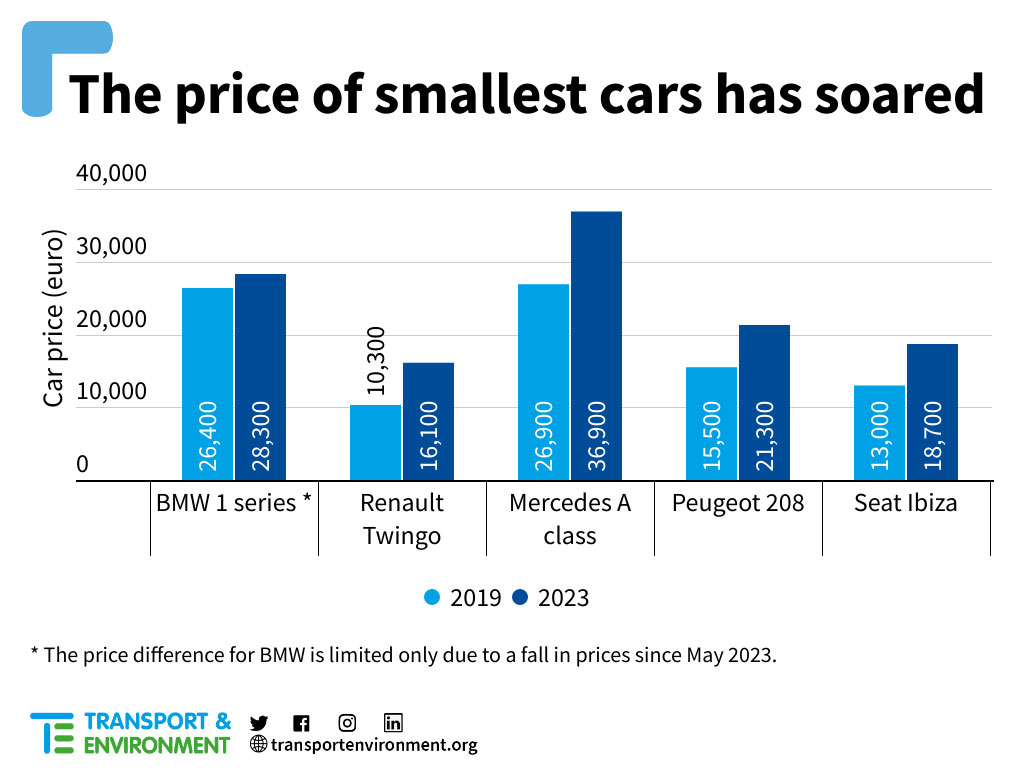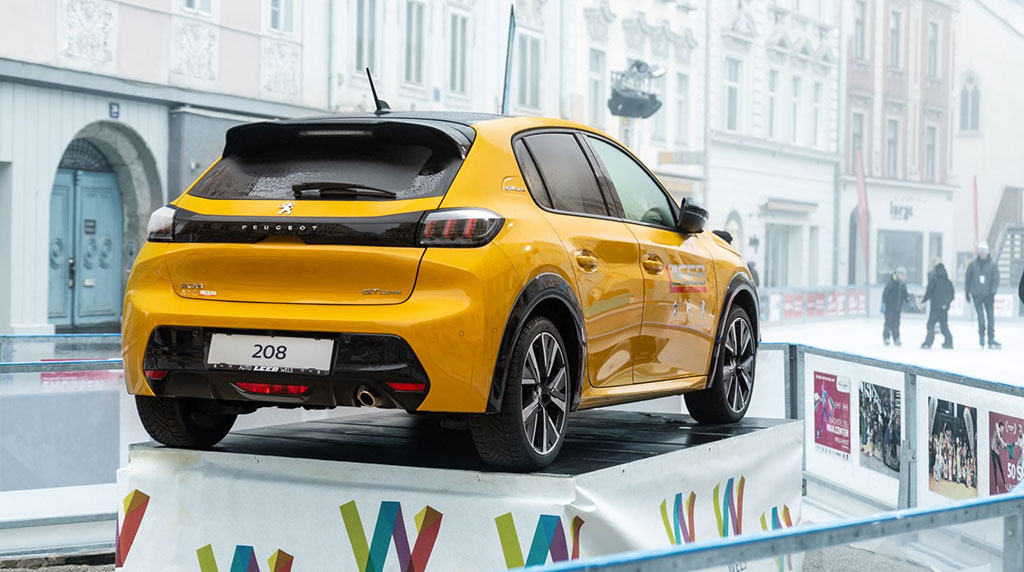CAR prices in Australia have had an average rise of almost 20 per cent since the COVID tripping point of April 2020 while the consumer price index rose by 3.2 per cent and the minimum wage lifted 14.6 per cent.
The increase in car prices is attributed to rising prices of raw materials, labour costs, logistics and in some cases, changes in models including grades and equipment.
The biggest increase is with the light-car class with an average increase of 25 per cent in the entry-level grades.
The base Mazda2 rose from $20,990 in April 2020 to $22,720 in November 2023, a rise of 7.6 per cent and by contrast, the Toyota Yaris rose from $15,390 to $24,800 in the same period, an increase of 37.9 per cent.
Toyota’s rise was attributed to the latest model having a substantial increase in equipment over the 2020 model.
One of the biggest price rises was the Jeep Wrangler. Buyers wanting the cheapest version paid $48,950 in 2020. It is now $83,950, a jump of 41.7 per cent. The latest Wrangler is only available as a highly-equipped Rubicon model.
Other large increases are the Honda Civic (up 52.1 per cent); Volkswagen Golf (up 35.2 per cent); Mitsubishi Outlander (up 21.7 per cent); Volkswagen Polo (up 35.6 per cent); and GWM 4×4 dual-cab ute, up 27 per cent.
Australian price rises echo those of most other markets. In Europe, the five biggest car-makers raised the prices of their cheapest models by an average of 41 per cent since 2019 – almost double the rate of inflation in Europe.
Data was released this month by Belgium-based European data analytical and research business Transport & Environment (T&E) an activist group which wants cars makers to accept the adding of relatively inexpensive emissions equipment to their latest cars.
T&E vehicle emissions and air quality manager Anna Krajinska said that in Europe prices went up by 6000 euros ($A10,040) for a Peugeot 208 or Seat Ibiza.
T&E data showed that the price of a Peugeot 208, Seat Ibiza and Renault Twingo, had increased by almost 6000 euros – a rise of 37-56 per cent; the more premium Mercedes A and B class models increased in price by over 10,000 euros ($A16,730) which is up 38 per cent and 37 per cent respectively.
“This is way above inflation, raw materials and other costs, allowing car-makers to make record profits last year at the expense of consumers,” she said.
“Yet they have fought tooth and nail against life saving anti-pollution technologies costing only 200 euro ($A335) per car.”
T&E said that the price hikes saw car-makers make record profits of 64 billion euros ($A107b) last year, and they issued record share dividends of 27 billion euros ($A45.2b) this year.
T&E said that this comes at a time when car-makers “have fought to derail new anti-pollution measures – the Euro 7 standard – costing 200 euro per car, claiming it is too expensive for both them and consumers, and will result in unaffordable price hikes.”
The European Commission in 2022 proposed a new law, the Euro 7, that would reduce pollution from cars, vans, buses and trucks.
T&E said that this proposal would save thousands of lives cut short by air pollution and improve air quality for all European citizens.
“Yet, the automotive industry launched a relentless lobbying effort to kill off Euro 7,” it said in a statement on its website.
“One of the central arguments they make is that it’s too expensive, and will make cars – especially smaller, cheaper models – unaffordable for consumers.
“While car-makers have systematically increased the price of their cars, the European Council and the Parliament’s Environment Committee have bought the industry narrative, watering down the European Commission’s original, relatively weak, Euro 7 proposals.
“Without action to reverse this, 100 million more highly polluting cars will be sold before 2035 and driven on Europe’s roads for decades to come.”














 Read More: Related articles
Read More: Related articles

